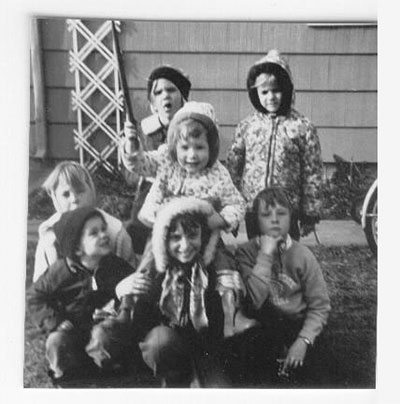
They say that, if you’re a doctor, it’s not something you want to admit to at an event where you’re going to have to make small talk with a lot of strangers. Because invariably people will want your opinion on their rash, or the funny flutter in their chest, or the odd bump on their knee. I wouldn’t know, not being a doctor, but I understand feeling cautious about admitting what I do for a living. Because there are apparently a lot of people who have always wanted to be a children’s author, and most of them have a great idea for a book. Or so they tell me.
The general feeling seems to be that anyone can write a children’s book. They’re so short! And everyone’s been a kid, right? So everyone can write from experience!
It’s all quite true. But while anyone can write a children’s book, more to the point, will anyone want to read it? Learning to write something that children actually want to read (and publishers want to publish) is slightly more tricky than just putting down childhood memories.
For one thing, childhood memories won’t cut it. You can’t just remember. You have to become the child you were; you have to open the door to that inner room where that child still resides, and allow the emotion to hit you in the face. It is a task that requires some bravery. After that, of course, you must call into play all your adult skill to craft a plot and develop your characters — but first, and above all, you have to access the emotion.
If you are one of those people who has always wanted to write for children, you may be wondering how this is done. There are a lot of ways, but I am going to tell you one exercise that is very good. Be careful, though — you may just open the floodgates.
Here is the exercise:
- Think back to the house you lived in as a child. If you lived in more than one, pick one. If you are not sure which to pick, choose the one you remember best.
- Pick one floor of that house.
- Draw a floor plan of that floor, in that house, that you lived in as a child.
- Pick a spot somewhere on the floor plan, and mark it with an X.
- A memory will come to you of something that happened in that space.
- Allow yourself to smell the smells, see the colors, feel the textures of this memory that happened in this room. Allow yourself to feel what you felt then.
- Write about this feeling.
Of course you can use this method with your school, your neighborhood, the grocery store from your childhood — but once I became adept at slipping into my child mind, I found that I could use this in wholly made-up worlds as well. If I became stuck at a certain point in a story, for example, I would visualize the spot my character was in, put myself in the place of my character, and experience the sensory details around me just as if it were my own childhood I was re-experiencing. And then I would wait to see what happened next. I would go through a door, or I would open a book, or I would bend down to look at something on the floor. Always, some detail or the other would make itself known to me, and I would pay attention to it. Once I paid attention to the detail, the emotion would follow — and the story would move forward.
I wish I could give credit to the proper person for this exercise, but I honestly can’t remember where I heard it. If any of you do this exercise, I would be interested to hear what happened, though. Did it work for you?
